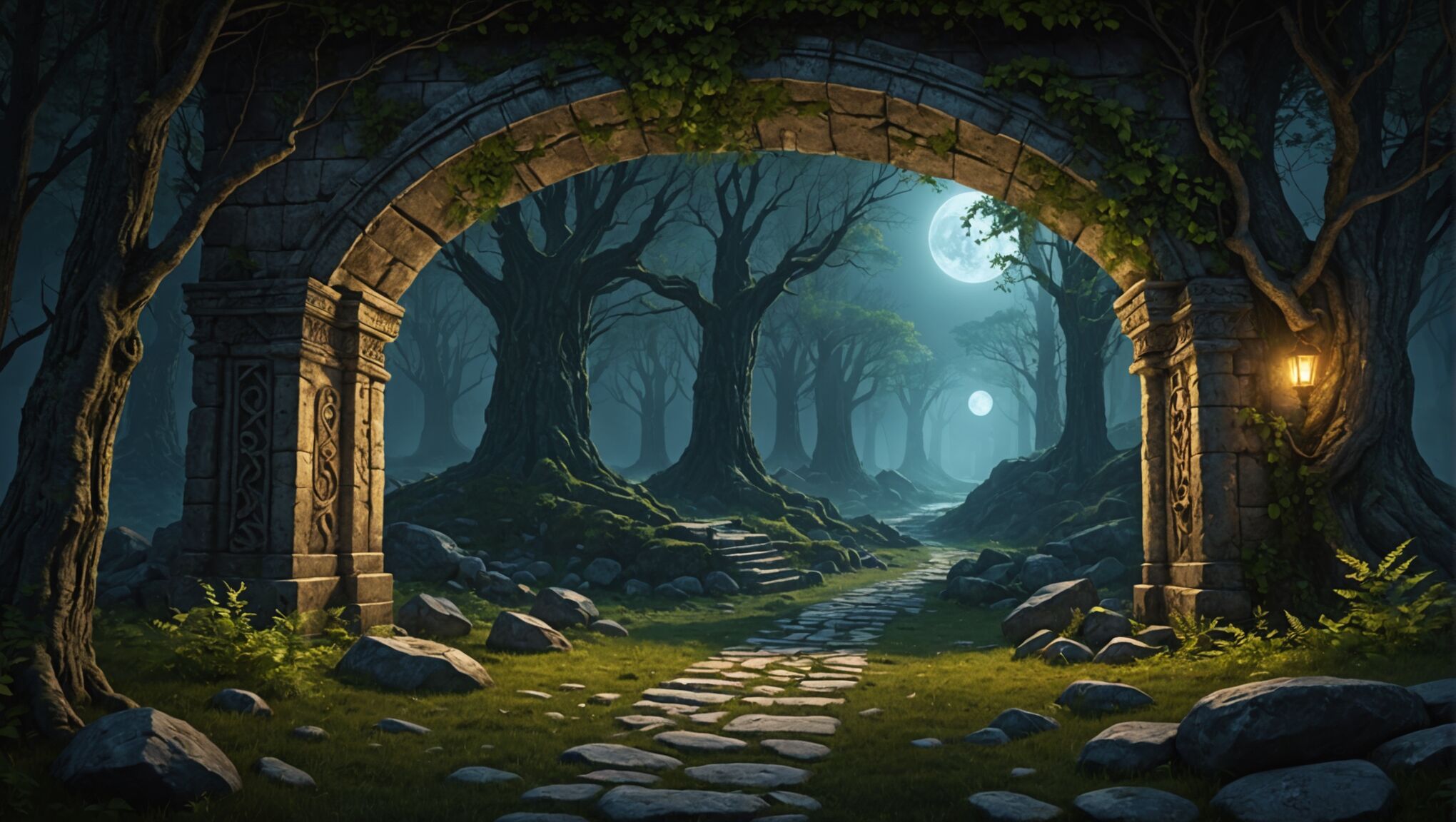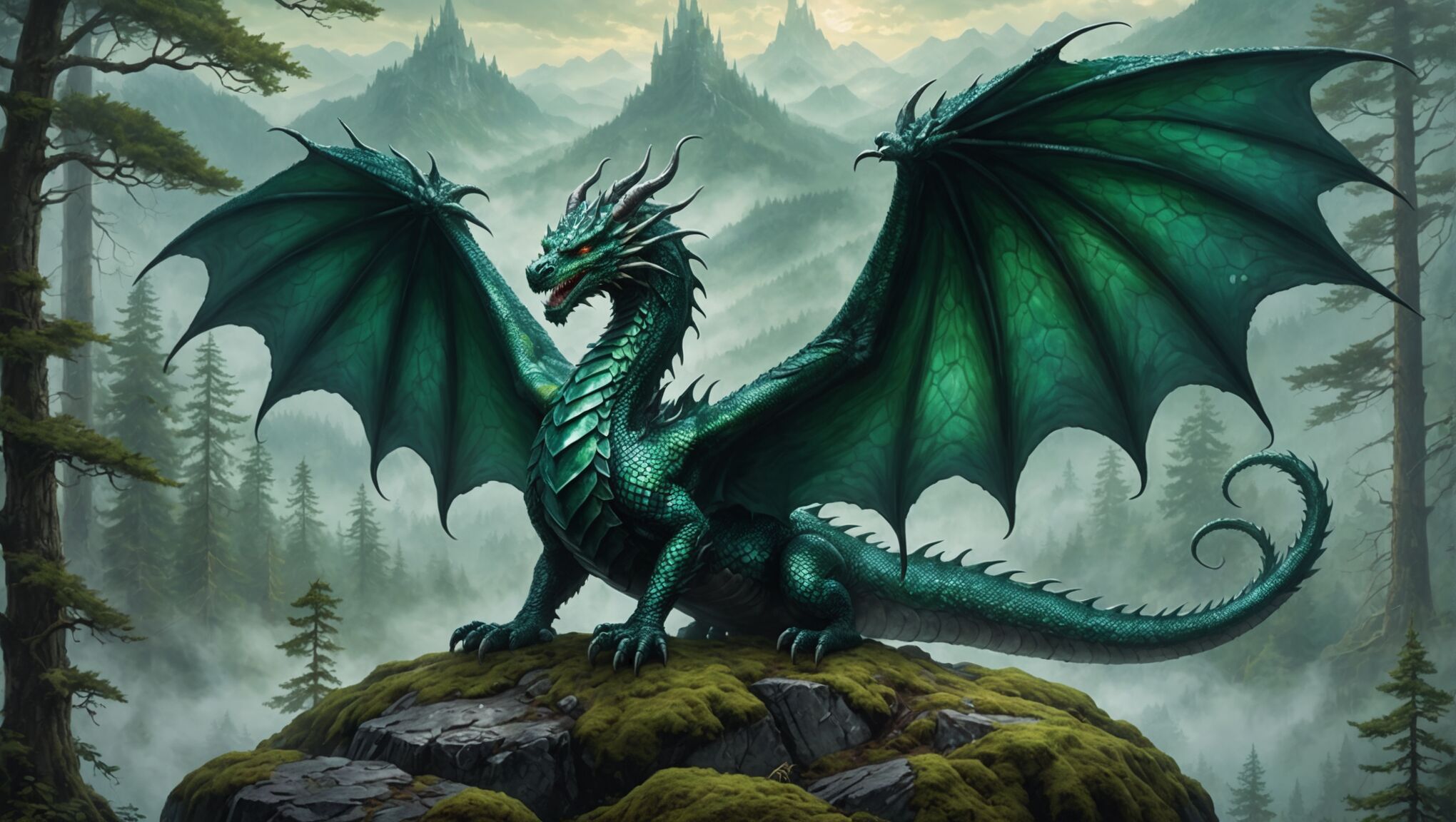blog
10 Fantasy Cover Design Mistakes to Avoid
Fantasy book covers often fall prey to overused tropes that can make your novel blend in rather than stand out. Avoid clichés like the lone hooded figure, a sword thrust into the ground, or a dragon silhouette against a full moon. These images have been used countless times and may fail to capture readers’ attention. Instead, strive for originality by focusing on unique aspects of your story. Consider showcasing a distinctive magical artifact, an intriguing landscape from your world, or a character caught in a pivotal moment that’s specific to your plot. “Creativity is the key to captivating cover design” should be your mantra. Steer clear of generic fantasy symbols like ornate chalices, crystal balls, or wisps of magical smoke unless they play a crucial role in your narrative. Remember that your cover is the first impression readers will have of your book, so make it count by avoiding the tired visual tropes that saturate the fantasy genre. Experiment with unexpected color palettes, innovative compositions, or even abstract representations of your story’s themes to create a cover that truly stands out on the shelf or screen.
Choosing inappropriate fonts and typography
 Typography plays a crucial role in conveying the essence of your fantasy novel. Selecting the right font can make or break your cover design. Avoid using fonts that are too generic or overused, such as Times New Roman or Arial, as they fail to capture the magical atmosphere of your fantasy world. Similarly, steer clear of overly decorative or hard-to-read fonts that may look appealing at first glance but become illegible when scaled down to thumbnail size.
Typography plays a crucial role in conveying the essence of your fantasy novel. Selecting the right font can make or break your cover design. Avoid using fonts that are too generic or overused, such as Times New Roman or Arial, as they fail to capture the magical atmosphere of your fantasy world. Similarly, steer clear of overly decorative or hard-to-read fonts that may look appealing at first glance but become illegible when scaled down to thumbnail size.
Instead, opt for fonts that complement your story’s tone and setting. For epic fantasies, consider using serif fonts with a slight antiquated feel, while urban fantasy might benefit from sleek, modern sans-serif options. Pay attention to the weight and spacing of your chosen font, ensuring it remains readable against your cover’s background.
“Typography is the voice of your words, and it matters.” – Ellen Lupton
When it comes to title placement, avoid cramming it into a corner or making it too small. Your title should be prominent and easily readable, even in thumbnail size. Experiment with different sizes and placements to find the perfect balance between visual appeal and legibility.
Color choice for your typography is equally important. Ensure there’s sufficient contrast between the font color and the background to maintain readability. Avoid using colors that clash with your cover’s overall palette or that fade into the background.
Find the perfect fantasy font. Learn about font choices here.
Consider the hierarchy of information on your cover. The title should be the most prominent, followed by the author’s name, and then any subtitle or series information. Use different font sizes, weights, or even fonts to create this hierarchy visually.
Lastly, be mindful of copyright issues when selecting fonts. Many beautiful typefaces are not free for commercial use. Invest in properly licensed fonts or explore open-source alternatives that suit your cover’s aesthetic.
Remember, your typography should enhance your cover’s overall design, not detract from it. It should work in harmony with the imagery to create a cohesive and appealing package that entices readers to pick up your book.
Neglecting genre-specific visual elements

When designing a fantasy book cover, it’s crucial to incorporate visual elements that are specific to the genre and resonate with your target audience. These elements serve as visual cues that immediately signal to readers what kind of story they can expect. For instance, if your novel features magical creatures, consider including subtle hints of their presence in the cover art. This could be a dragon’s scale, a unicorn’s horn, or a fairy’s wing, rather than showing the entire creature.
Atmospheric elements are equally important. A misty forest, a starry night sky, or an ancient stone archway can all evoke the sense of wonder and mystery that fantasy readers crave. Pay attention to color palettes that are associated with fantasy, such as deep purples, ethereal blues, and rich golds. These colors can help create an otherworldly feel that’s essential for the genre.
Magical symbols and artifacts are another key aspect of fantasy cover design. If your story involves specific magical systems or important artifacts, incorporating stylized versions of these can intrigue potential readers. However, be careful not to make these elements too obscure or unrecognizable.
Landscapes and architecture from your fantasy world can also play a significant role in your cover design. Whether it’s a towering castle, a floating island, or a portal between worlds, these elements can give readers a glimpse into the unique setting of your story. Remember to balance these larger elements with more intricate details that reward closer inspection.
Costume and clothing designs are often overlooked but can be powerful indicators of your fantasy subgenre. Whether your characters wear elaborate robes, rugged leather armor, or Victorian-inspired steampunk attire, hinting at these fashion choices in your cover art can help attract the right readers.
Lastly, consider the use of light and shadow in your cover design. Many fantasy covers effectively use dramatic lighting to create an air of mystery or to highlight key elements. A beam of light breaking through dark clouds or a glowing magical aura can add depth and intrigue to your cover.
By thoughtfully incorporating these genre-specific visual elements, you can create a cover that not only captures the essence of your story but also appeals to fantasy readers’ expectations and imagination. Remember, the goal is to create a visual representation that is both true to your book and enticing to your target audience.
Misrepresenting the book’s content through imagery
When designing a fantasy book cover, it’s crucial to ensure that the imagery accurately reflects the content of your novel. Misleading visuals can lead to disappointed readers and negative reviews, which can harm your book’s reputation and sales.
One common mistake is using imagery that suggests a different subgenre of fantasy than what your book actually represents. For example, if your story is a whimsical, light-hearted fairy tale, avoid using dark, brooding imagery that might suggest a grimdark fantasy. Conversely, if you’ve written a gritty, realistic fantasy, steer clear of overly colorful or cartoonish elements that could imply a younger target audience.
Another pitfall is showcasing characters or creatures on the cover that don’t play a significant role in the story. If your cover prominently features a dragon, readers will expect dragons to be a major part of your narrative. If they’re not, you risk disappointing your audience and potentially receiving negative feedback.
Be cautious about misrepresenting the setting of your story through your cover art. If your fantasy takes place in a desert realm, featuring lush forests on the cover will create false expectations. Similarly, if your story is set in a medieval-inspired world, avoid modern or futuristic elements in your cover design.
It’s also important to accurately portray the tone and mood of your book. If your fantasy novel deals with serious themes and complex moral dilemmas, a cover with light-hearted or comedic imagery could be misleading. Conversely, a cover that suggests a dark, intense story might deter readers looking for a more uplifting fantasy adventure.
Consider the magical elements in your story and how they’re represented on the cover. If magic plays a subtle role in your world, an over-the-top display of magical effects on the cover could be misleading. Conversely, if your story is centered around powerful, visually striking magic, a subdued cover might not accurately represent the content.
Character representation is another critical aspect to consider. If your protagonist is described as having specific physical characteristics, ensure that any character depictions on the cover align with these descriptions. Misrepresenting a character’s appearance, age, or even their clothing style can lead to confusion and disappointment among readers.
Lastly, be mindful of the scale and scope of your story as represented by your cover. If your tale is an intimate character study set in a small village, a cover depicting a vast, epic landscape might misrepresent the focus of your narrative.
Remember, your cover is a promise to your readers about the contents of your book. By ensuring that your cover imagery accurately represents your story’s genre, tone, setting, characters, and themes, you’ll attract the right audience and set appropriate expectations for your fantasy novel.
Overcrowding the cover with too many elements
 In the realm of fantasy book cover design, less is often more. A common pitfall many authors and designers fall into is the temptation to cram every exciting element of the story onto the cover. This approach, while well-intentioned, can lead to a cluttered and confusing visual that fails to capture potential readers’ attention.
In the realm of fantasy book cover design, less is often more. A common pitfall many authors and designers fall into is the temptation to cram every exciting element of the story onto the cover. This approach, while well-intentioned, can lead to a cluttered and confusing visual that fails to capture potential readers’ attention.
When a cover is overcrowded, the eye has no clear focal point, causing viewers to quickly lose interest. The key elements of your story should be immediately apparent, not buried under a sea of competing visuals. Consider the most iconic and memorable book covers – they often feature a single, powerful image or concept that speaks volumes about the story within.
Color plays a crucial role in this balance. Too many colors can create visual chaos, while a carefully curated palette can evoke the right mood and atmosphere for your fantasy world. Limit your color scheme to a few complementary hues that reflect the tone of your story.
Negative space, or the empty areas on your cover, is just as important as the elements you include. This space allows the eye to rest and helps highlight the most important aspects of your design. Don’t be afraid to leave some areas of your cover blank – this can create a sense of mystery and intrigue that draws readers in.
When it comes to text, resist the urge to include long subtitles or extensive author credentials on the front cover. Your title and name should be clear and legible, but additional information can be relegated to the back cover or inside flap.
Consider the scalability of your design. In today’s digital age, your cover needs to be recognizable and appealing even when reduced to thumbnail size. A cluttered cover will lose all impact when shrunk down, whereas a clean, bold design will retain its power across various formats.
As you design your cover, ask yourself: “What is the one thing I want readers to remember about this image?” This question can help you prioritize the most important elements and eliminate unnecessary clutter.
Remember, your cover is not meant to tell the entire story – it’s meant to entice readers to open the book and discover the story for themselves. By carefully selecting and arranging a few key elements, you can create a cover that is both visually striking and true to the essence of your fantasy novel.
Take a moment to examine your favorite fantasy book covers. What makes them effective? How do they use space, color, and imagery to convey the essence of the story? By studying successful examples and applying these principles to your own design, you can create a cover that stands out in the crowded fantasy market and compels readers to dive into your magical world.
Creating covers that don’t stand out in thumbnails

In today’s digital age, many readers first encounter books as small thumbnails on online retailers or social media platforms. This makes it crucial to design covers that are visually striking and easily recognizable even at a reduced size. Avoid using intricate details or small text that become indistinguishable when scaled down. Instead, focus on bold, high-contrast elements that retain their impact in thumbnail form.
Consider the use of negative space to create a clean, uncluttered design that stands out even in a crowded digital marketplace. A simple, iconic image or symbol can be more effective than a complex scene when viewed as a thumbnail. Pay attention to the color palette as well; vibrant, contrasting colors can help your cover pop on screen, while muted or similar tones might blend together when reduced.
The placement and size of your title and author name are crucial. Ensure they are large enough to be readable in thumbnail size, and consider using a font that remains clear and legible when scaled down. Avoid placing important text elements near the edges of the cover, as they may be cut off in some thumbnail displays.
Test your cover design by viewing it at various sizes, particularly the smallest thumbnail size used by major online retailers. If you can’t immediately identify the genre, title, and overall mood of your book from the thumbnail, it may be time to reassess your design choices.
Remember that simplicity often translates better to smaller sizes. A single, powerful image or concept can be more effective than a busy, detailed scene. Consider the iconic covers of bestselling fantasy series – they often feature a simple, memorable design that’s instantly recognizable even at a glance.
Lastly, don’t forget the importance of branding, especially for a series. Consistent design elements across multiple books can help readers quickly identify your work in thumbnail form, building recognition and loyalty among your audience. By keeping these factors in mind, you can create a fantasy book cover that not only looks great in full size but also captures attention and conveys its essence in the crucial thumbnail format.

